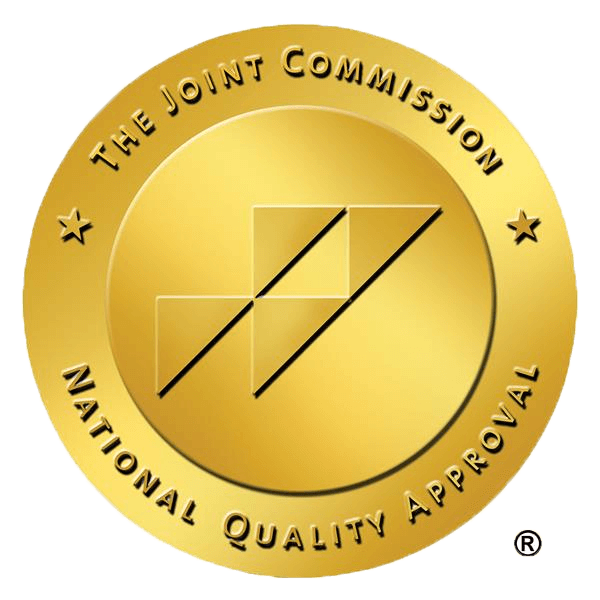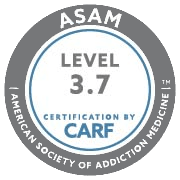Tramadol – About, Uses, and Abuse
Table of Contents
Tramadol is an opioid pain medication that was approved by the FDA in 1995. Since its approval, tramadol has been associated with high rates of abuse among patients, narcotic drug users, and health professionals. Opioids like tramadol have been involved in hundreds of thousands of overdose deaths in recent years; however, drug detox and rehab programs can help people stop using tramadol and reduce their risk for a fatal overdose.
Here’s an overview of tramadol, its effects, statistics about its use, and information regarding how detox and drug rehab programs can help people safely stop using this potentially dangerous opioid.
What Is Tramadol, and What Is It Used for?
Tramadol is a narcotic pain reliever approved for the treatment of moderate to moderately severe pain such as that caused by surgery or injury. Tramadol is available under the brand names Ultram, Ultram ER, and Conzip, and under the brand name Ultracet as a combination with acetaminophen. This drug is categorized as a Schedule IV substance on the Controlled Substances Act alongside other drugs with a high risk for abuse such as diazepam, alprazolam, and tetrazepam.
According to MedlinePlus, tramadol can be taken every four to six hours, or once per day by patients using the extended-release formula. It should be taken for only a short period to help with pain relief, as long-term use can lead to abuse, dependence, and addiction. The DEA reports that, in 2017, there were an estimated 41 million tramadol prescriptions dispensed in the U.S.
What Are the Effects of Tramadol?
Tramadol reduces pain by acting on opioid receptors in the brain and body that control the sensation of pain. In addition to reducing pain, tramadol may cause dizziness, drowsiness, nausea, and constipation, which are common side effects of other opioid pain medications. In some people — especially those who use high doses — tramadol may cause serious side effects including seizures, hallucinations, loss of consciousness, and overdose.
People who abruptly stop using tramadol may experience one of two types of withdrawal syndromes. An estimated 90% of tramadol users will experience flu-like symptoms including anxiety and drug cravings, while the remaining 10% may experience symptoms including paranoia, confusion, hallucinations, and panic attacks. However, drug detox can minimize or prevent serious tramadol withdrawal symptoms with the use of medications that can safely reduce related complications.
Information About Tramadol Abuse
Anyone who uses tramadol is at risk of becoming dependent on or addicted to this drug. Here are recent statistics about tramadol abuse in the U.S., as noted by the DEA and SAMHSA:
- In 2016, US poison control centers reported a total of 12,108 tramadol poisoning cases.
- In 2016, tramadol was misused by 1.6 million people in the U.S. aged 12 years or older.
- Between 2005 and 2009, the number of tramadol-related visits to emergency rooms increased by 145%, reports SAMHSA.
- In 2005, females accounted for 75% of tramadol-related emergency room visits.
- In 2011, patients aged 65 years or older accounted for 35% of tramadol-related emergency room visits.
Treatments for Tramadol Abuse and Addiction
Tramadol abuse and addiction can be safely and effectively treated using drug detox and behavioral therapy through an inpatient residential drug rehab program.
Drug detox manages the physical symptoms of tramadol withdrawal and takes place in a safe and relaxing atmosphere where patients can focus fully on their recovery. Drug detox involves the use of medications that reduce withdrawal symptoms and that helps patients feel more comfortable.
Drug rehab programs use a wide range of evidence-based therapies to help prepare and reprogram patients for a healthier lifestyle without drugs and alcohol. Behavioral therapies at drug rehab help patients change harmful attitudes and behaviors surrounding tramadol abuse so they can resume normal functioning after their treatment programs have ended.
Dana Point Rehab Campus offers drug and alcohol detox, and a wide range of drug and alcohol rehab programs that are customized for each patient. Contact us today at 949.569.7517 to learn more about our variety of addiction treatment programs that can help you experience a safe, long-term recovery from tramadol addiction.








